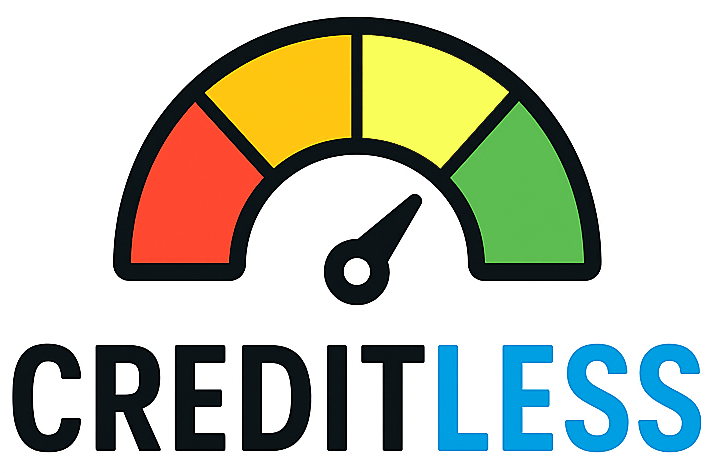Why this matters — and why now
Carrying credit card balances is expensive: average card APRs have been above 20% in recent years, which makes unexpected expenses (car repairs, medical bills, a job gap) likely to multiply into long-term debt if you rely on cards for emergencies.
If you’re deeply in credit card debt, the conventional three-to-six-month emergency fund can feel unreachable. The good news: you don’t have to reach that full goal before you begin protecting yourself. There are pragmatic, low-friction ways to create a starter emergency fund while continuing to reduce your balances.
Start small with a clear first goal
Set a realistic "mini-fund" target you can hit fast — $500 to $1,000 is a common first milestone that can cover most small surprises and keep you from adding new high-interest debt. Financial guides and calculators point to three-to-six months as the ideal long-term target, but advise starting with a smaller, attainable buffer if you’re strained by debt.
How to hit that first milestone
- Automate a tiny transfer: $10–$50 per paycheck to a separate savings account — out of sight, out of mind.
- Direct windfalls to the fund: tax refunds, bonuses, or one-time gifts should top the mini-fund first.
- Sell or pause small recurring expenses (streaming, subscriptions) and route the savings to the mini-fund.
Reaching this starter fund removes the immediate pressure to use a credit card for most unexpected costs — which is the single best short-term move you can make for both your budget and your credit health.
Balance paying down debt and building savings
You’ll usually want a dual-track approach: keep making progress on high-interest cards while allocating a small, steady amount to savings. Two widely used approaches are:
- Mini-fund first, then accelerate payoff: Build $500–$1,000 quickly, then funnel more cash to the highest-interest card (avalanche) or the smallest balance (snowball) until you free up more monthly cash.
- Split-pay strategy: For example, split any extra cash 60/40 or 70/30 toward debt/payments vs. savings so you’re reducing interest but still growing liquid reserves.
If you consider consolidation to reduce interest costs, there are common trade-offs: a 0% balance-transfer card can buy breathing room but often charges a 3%–5% transfer fee and requires discipline to finish the payoff before the promo ends. A fixed-rate personal loan avoids a looming promotional deadline and gives predictable payments, but it may include origination fees. Compare total costs, monthly payments, and your ability to commit to the repayment schedule before choosing either path.
Whatever the route, set autopay and calendar reminders so you don’t lose promotional benefits or miss payments — a single missed payment can undo progress by triggering penalty APRs or losing 0% terms.
Where to keep your emergency fund — safety and access
Your emergency savings should be safe, FDIC-insured, and easy to access without penalties. That usually means a separate high-yield savings account, a money market account, or a short-term no-penalty CD at an FDIC-insured bank or NCUA-insured credit union. Avoid keeping your emergency fund in investments that can lose value quickly when you need cash. Check insurance limits and account titling rules when you exceed typical deposit thresholds.
When to get outside help
If you’re overwhelmed — making only minimum payments, receiving collection calls, or facing potential legal action — seek help from reputable nonprofit credit counseling agencies. Certified counselors can help you create a realistic budget, discuss debt-management plans, and explain consolidation options without resorting to potentially harmful debt-settlement firms. Use NFCC member agencies or other well-known nonprofit providers and verify accreditation before enrolling.
Bottom line: Building a full emergency fund and paying down high-interest credit card debt are both important; when your resources are limited, start with a small, accessible buffer, automate savings, reduce interest where possible, and use disciplined repayment strategies so that emergencies don’t trap you in more debt.
